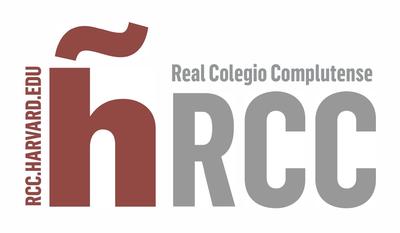Co-chairs: Ramon Gras (Urban Innovation Researcher at the Harvard School of Engineering and Applied Sciences) and Jeremy Burke (Urban Innovation Researcher at the Harvard School of Engineering and Applied Sciences).

A major shift is transforming the urban innovation landscape in recent years: the emergence and mass adoption of computer science tools such as Data Science, Machine Learning, and Artificial Intelligence is opening an entire world of possibilities to develop sophisticated and user-friendly tools capable of tackling complex urban and infrastructure problems at scale by automating and refining analytical models and cognitive tasks.
The Aretian | Urban Innovation and Design team composed of Harvard University Researchers and Fellows at the School of Engineering and Applied Sciences (SEAS) develops analytical tools and design criteria to address Urban Innovation challenges through the lens of Complexity Science and Network Theory. The research group addresses a major societal challenge in developed countries: how to envision economic eco-systems which unleash individual and community potential, thus providing a societal response to mass job destruction as a result of the emergence of automation, AI, and robotics.
Their research and solutions deploy Design Thinking methodologies, Systems Engineering, and Machine Learning techniques to tackle complex problems around Urban Design, Civil Engineering, Architecture for high performing spaces, infrastructure and mobility systems, urban services, energy and sustainability, and economic complexity.
The Urban Innovation study group analyzes how Complexity Science and Network Theory-driven Machine Learning mathematical models can unleash the potential of non-linear benefits of strategic aggregation of knowledge-intensive campuses within Cities. Hence, enabling analytical frameworks to derive Urban Design criteria which can be applied in professional design environments. The Aretian study group focuses on how such new analytical and design frameworks can contribute to establish new design standards capable of deriving non-linear benefits to society in terms of employment generation, technology improvement, economic growth, and diminishing social vulnerability, by means of creating attractive, desirable and pedestrian-friendly urban environments which enable citizens to thrive, thus unleashing their individual and societal potential.
